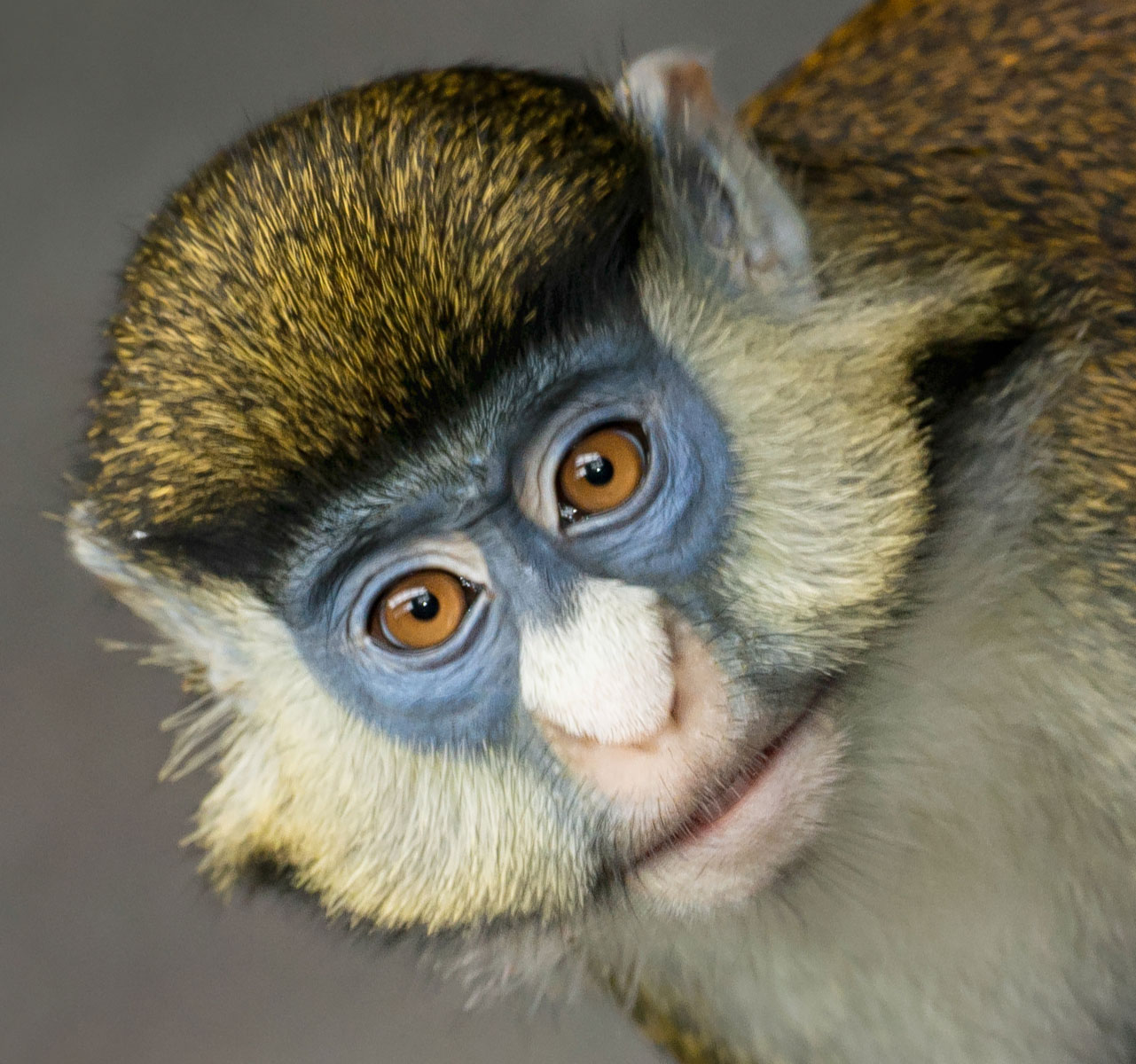Conservation biology

Would you prefer to watch a video?
In this video you can see why viral diagnostics can be important for monkeys in the wild.
BPRC is contributing to maintain healthy breeding colonies and the conservation of rare primate species.
Health of primates in the wild
BPRC has collaborations with animal shelters and rehabilitation centres for primates. These centres provide temporary shelter for confiscated primates before they are returned to their natural habitats. Primates who are living close to humans are at risk of getting infected with human viruses. Therefore, every animal is checked for these viruses. This way we can prevent that these returned primates spread human viruses among vulnerable populations in the wild. Usually, animal centres send blood samples to us, but occasionally we travel to that location. In this way, BPRC is contributing to the health of these primates living in the wild. If you like to read more about diagnostics, please visit our webpage.
Conservation of rare primate species
In a closed breeding program or if a species is at risk for extinction, it is crucial to prevent inbreeding. For example, by ensuring that closely related animals don’t produce offspring. A healthy breeding program is only possible with extended genealogical research. This requires genetic material (DNA), which can be extracted from hair, stool or blood samples.
DNA is the building block of our genetic material. Because of molecular biology techniques and powerful computers, we are constantly increasing our ability to read and apply this information. The Genetics Department of BPRC is specialized in the genetic characterisation of primates. Among others, this information is used for:
Colony management;
Maintaining genetic diversity is of great importance in every breeding colony. At BPRC this task belongs to the colony manager. Animals are living in groups that are similar to groups in their natural habitat. The groups are composed based on natural behaviour, genetic characteristics and the personalities of the animals. And because the animals are living in groups it is not always clear who the father of a newborn is. Therefore, every primate at BPRC is characterized genetically. As a result, we know the entire genealogy of every primate at BPRC and inbreeding can be prevented. This requires genetic material (DNA). In general, we use DNA extracted from a tube of blood to characterise primates genetically. Occasionally it is possible to extract DNA from hair or stool samples as well. The latter is also often applied in conservation biology.
Furthermore, we frequently commit our knowledge and expertise in this field to support other breeding programs, for instance in zoos.
3Rs (Replacement, Reduction & Refinement)
Predisposition, diseases and susceptibility for infections are usually determined genetically. This also applies to the diseases and infections BPRC is conducting its research on. Because we know the genetic background of every animal, we are able to select the right animals for a certain hypothesis. This prevents unnecessary variation and contributes to the reduction of the number of animals that are needed in an experimental group.
Would you like to read more about the genetics behind conservation biology? Please visit our webpage conservation biology.
For further information or questions, please contact: [email protected]

